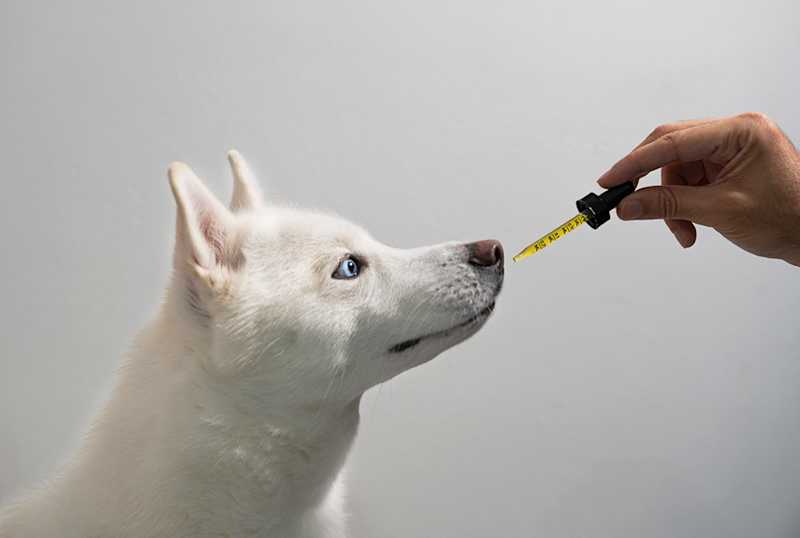Being a pet parent to a diabetic animal is a bit like managing a tiny, furry astronaut—complete with scheduled meals, timed injections, and glucose monitoring that rivals mission control. And just when you think you’ve read every label and memorized every insulin curve, a new question pops up: “Can CBD help?”
As it turns out, this natural compound is drawing attention—not as a miracle cure, but as a potential support tool for pets dealing with chronic health conditions like diabetes. But before you add anything new to your pet’s routine, there’s a lot you need to know.
Understanding Diabetes in Pets
In simple terms, diabetes in pets means the body can’t properly regulate blood sugar due to either a lack of insulin or a resistance to it. It affects dogs, cats, and their humans equally—except your cat won’t remind you when it’s time for their shot.
Typical signs include:
- Increased thirst and urination
- Weight loss despite a good appetite
- Fatigue or less interest in play
- Unusual changes in behavior
Regular vet check-ups, insulin injections, and a strict diet plan usually form the cornerstone of treatment.
So… Where Does CBD Come In?
CBD, short for cannabidiol, is a naturally occurring compound found in hemp. It’s known for interacting with the endocannabinoid system—a regulatory network present in humans and animals that plays a role in mood, pain sensation, immune response, and more.
For diabetic pets, the most relevant aspects of CBD may relate to:
- Inflammation management
- Nerve discomfort relief
- Anxiety reduction
- Improved sleep and appetite patterns
This is where the idea of CBD for Pets becomes intriguing to some pet owners. When used appropriately, it may offer supplemental support—though never as a substitute for prescribed treatment.
What to Consider Before Using CBD with Diabetic Pets
While the interest is growing, it’s crucial to approach CBD use for diabetic pets cautiously and thoughtfully.
⚠️ Things to watch out for:
- Blood sugar variations: Although not common, some animals may respond to CBD with slight changes in appetite or energy levels, which could influence glucose.
- Liver processing: Since CBD is metabolized by the liver, it may interact with other medications, including insulin or steroids.
- Dosing challenges: With pets already on strict routines, any new supplement must be introduced slowly and carefully.
- No sweet treats: Avoid CBD pet products that include sugars, artificial flavorings, or fillers—not suitable for diabetic animals.
What to Ask Your Vet Before Starting
Always consult your vet before introducing anything new into your pet’s regimen. Ask:
- Is CBD safe with my pet’s current medication?
- What signs should I watch for if something isn’t working?
- How often should I monitor glucose levels if I add this in?
Your vet might not be a CBD expert, but they can guide you on safety, timing, and what’s appropriate for your individual pet’s condition.
Best Practices for Cautious, Caring Owners
If you do decide to explore CBD as a complementary approach:
- Start low, go slow: Begin with minimal doses and track everything.
- Stick to THC-free options: Even trace levels of THC can be toxic for pets.
- Keep a diary: Note mood, appetite, glucose readings, and energy to assess real benefits.
- Stay consistent: Sudden changes can throw your pet’s glucose out of balance.
Final Thought: Progress, Not Perfection
Managing diabetes in pets isn’t just a health protocol—it’s a daily ritual of love, patience, and being your pet’s biggest advocate. CBD won’t reverse diabetes, but it might help support your pet’s comfort and calm during the ups and downs of chronic care.
Used wisely, and only as part of a bigger veterinary-approved plan, this plant-based compound might just bring a little extra balance to those busy paws—and a bit of peace of mind to the humans who love them.






